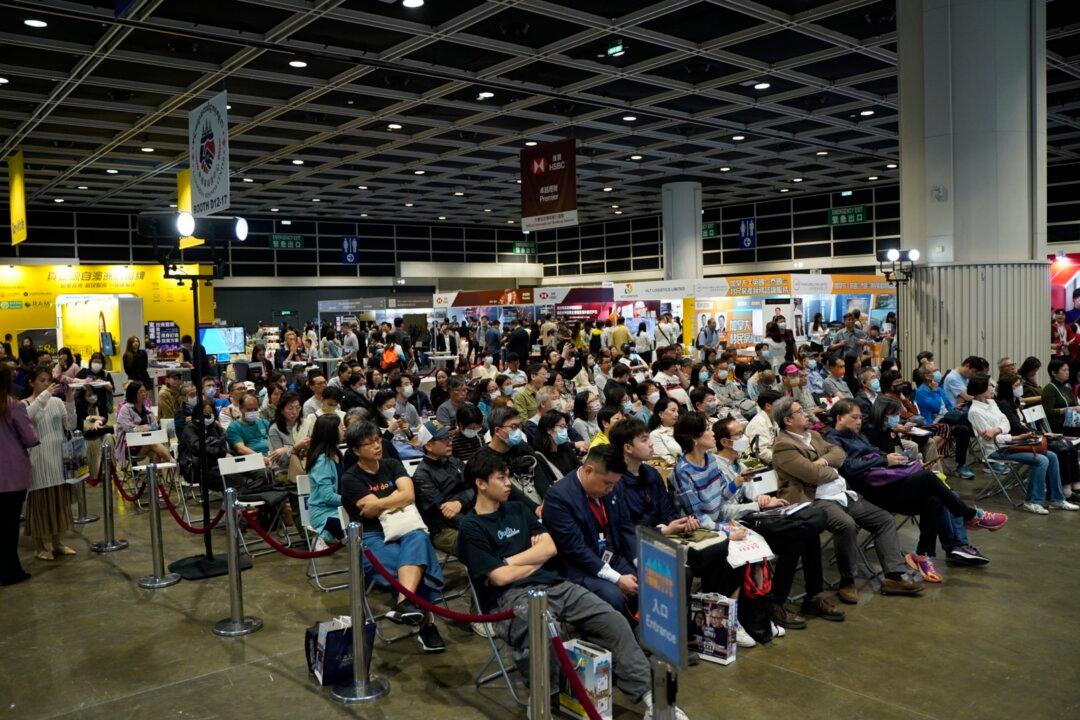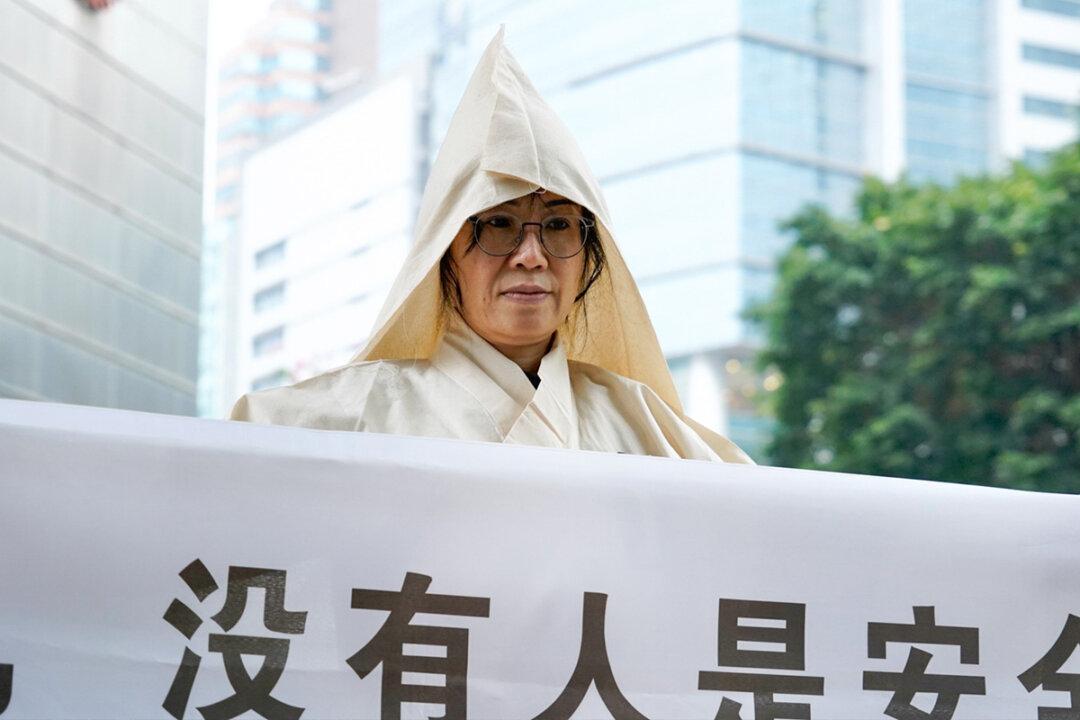To keep mosquitos away in summer, we often resort to mosquito repellents while enjoying nature and outdoor activities. However, it is still necessary to be aware of the ingredients of the chosen repellant. The Hong Kong Consumer Council evaluated lately 25 mosquito repellents on the market and found that one of them, “ Cherub Rubs All-Natural Organic Moisturizing Mosquito Repellent Lotion” from Australia, priced at HK$208 (US$27) per bottle, became more “attractive to mosquitoes ” after 1 hour of application, making it the worst performer as a repellant among the 25.
9 Samples Still Show 96 Percent Efficacy 4 Hours After Application
Among the 25 mosquito repellents tested, five were labeled containing DEET, four with picaridin, two with ethyl butylcetylaminopropionate (IR3535), three with p-menthane-3.8-diol (PMD), one with cedar oil, and two with wild tomato extract, while eight others claim to be “natural” or “herbal.” The samples ranged from HK$18.9 (US$2.4) to HK$259 (US$33) per bottle. Among them, the 22 packaged as sprays, droplets, and liquids were all quantified in milliliters, with an average selling price per milliliter ranging from HK$0.2 (US$0.03) to HK$2.8 (US$0.4), a 13-fold difference.The test was conducted in Australia with mosquito species Culex quinquefasciatus (commonly known as “southern house mosquito”), and Aedes aegypti (commonly known as “yellow fever mosquito”) using the “arm-in-cage” laboratory method. The skins of the human forearms were first applied with mosquito repellent and data was then taken at four different time points after application, namely 30 minutes, 1 hour, 2 hours, and 4 hours. The numbers of mosquitoes that landed on the treated forearms were compared with the numbers on forearms without repellent as control.




